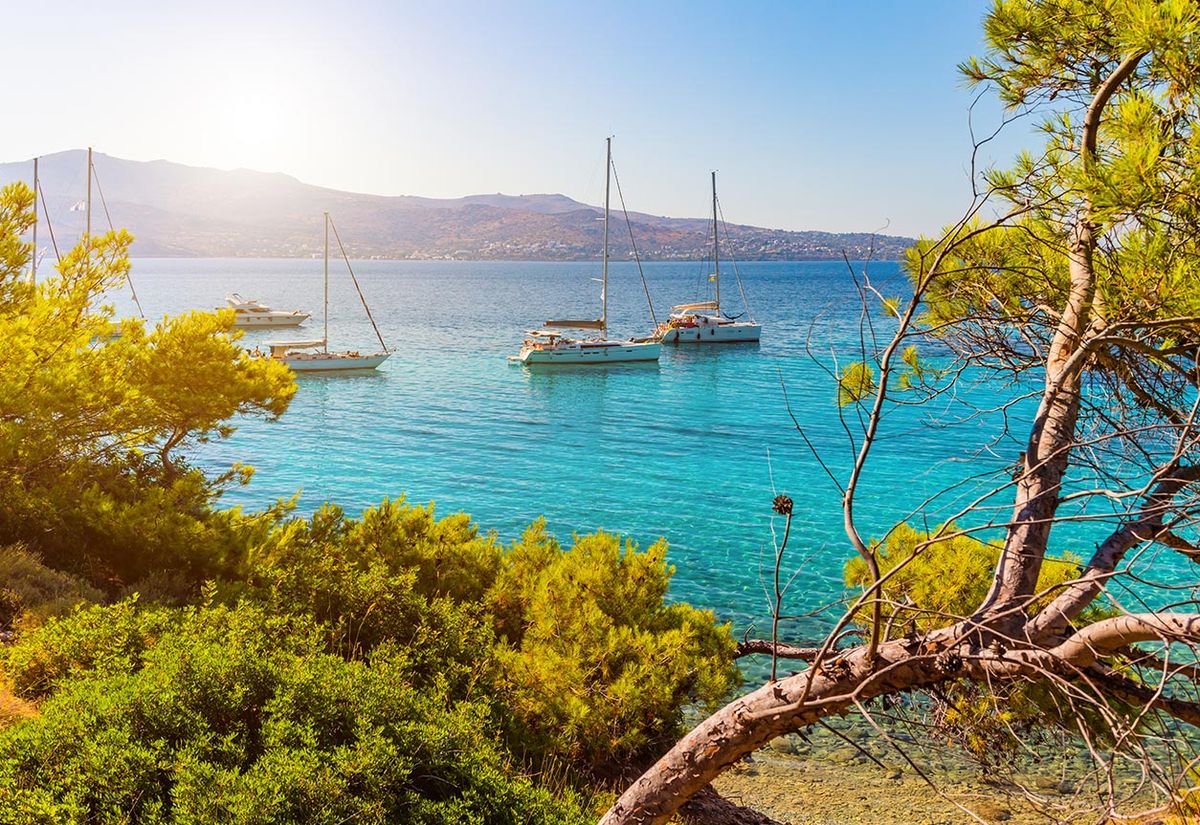
What makes the Mediterranean climate so special? It's not just the sunny skies and warm temperatures. This climate, found in regions like Southern California, parts of Australia, and of course, around the Mediterranean Sea, offers a unique blend of weather patterns. Mild, wet winters and hot, dry summers define this climate, creating perfect conditions for growing olives, grapes, and other crops. The Mediterranean climate also supports diverse ecosystems, from lush forests to arid shrublands. Its predictable weather patterns make it a favorite for tourists and locals alike. Want to know more? Let's dive into 24 fascinating facts about this remarkable climate!
What is a Mediterranean Climate?
A Mediterranean climate is known for its warm, dry summers and mild, wet winters. This type of climate is found in various parts of the world, including the Mediterranean Basin, parts of California, Chile, South Africa, and Australia. Let's dive into some fascinating facts about this unique climate.
Characteristics of Mediterranean Climate
Understanding the key features of a Mediterranean climate helps appreciate its uniqueness. Here are some defining characteristics:
-
Hot, Dry Summers: Summers in Mediterranean climates are typically hot and dry, with temperatures often exceeding 30°C (86°F).
-
Mild, Wet Winters: Winters are mild and wet, with temperatures rarely dropping below freezing.
-
Seasonal Rainfall: Most of the annual rainfall occurs during the winter months, while summers remain largely dry.
-
Long Growing Season: The climate supports a long growing season, making it ideal for agriculture.
-
High Sunshine Hours: Regions with Mediterranean climates enjoy high sunshine hours, especially during summer.
Regions with Mediterranean Climate
This climate type is not confined to the Mediterranean Basin. It can be found in several regions around the world:
-
Mediterranean Basin: Includes countries like Spain, Italy, Greece, and Turkey.
-
California, USA: The coastal areas of California, including cities like Los Angeles and San Francisco, experience this climate.
-
Central Chile: The central part of Chile, including Santiago, has a Mediterranean climate.
-
Southwestern Australia: Areas like Perth and the southwestern coast of Australia enjoy this climate.
-
Western Cape, South Africa: The region around Cape Town has a Mediterranean climate.
Flora and Fauna
The unique climate supports diverse plant and animal life. Here are some examples:
-
Olive Trees: Olive trees thrive in Mediterranean climates due to the long, dry summers.
-
Grapevines: The climate is perfect for growing grapes, making it a prime region for wine production.
-
Cork Oak Trees: These trees are native to the Mediterranean Basin and are harvested for cork.
-
Mediterranean Monk Seal: This endangered species is found in the Mediterranean Sea.
-
European Rabbit: Common in Mediterranean regions, these rabbits are well-adapted to the climate.
Human Adaptation and Culture
Humans have adapted to the Mediterranean climate in various ways, influencing culture and lifestyle:
-
Architecture: Buildings often have thick walls and small windows to keep interiors cool during hot summers.
-
Agriculture: Crops like olives, grapes, and citrus fruits are staples in Mediterranean agriculture.
-
Cuisine: Mediterranean cuisine, rich in fruits, vegetables, and olive oil, reflects the agricultural bounty of the region.
-
Tourism: The pleasant climate attracts tourists year-round, boosting local economies.
-
Water Conservation: Due to dry summers, water conservation practices are essential in these regions.
Environmental Challenges
Despite its benefits, the Mediterranean climate faces several environmental challenges:
-
Drought: Prolonged dry periods can lead to severe droughts, affecting water supply and agriculture.
-
Wildfires: Hot, dry summers increase the risk of wildfires, which can devastate landscapes and communities.
-
Climate Change: Rising temperatures and changing precipitation patterns threaten the stability of the Mediterranean climate.
-
Biodiversity Loss: Habitat destruction and climate change contribute to the loss of biodiversity in these regions.
Mediterranean Climate: A Quick Recap
Mediterranean climates are unique and fascinating. Found in regions like California, South Africa, and parts of Australia, these areas enjoy mild, wet winters and hot, dry summers. This climate supports diverse ecosystems, including the famous Mediterranean scrubland. It's also ideal for growing olives, grapes, and citrus fruits, making these regions agricultural powerhouses.
Tourists flock to Mediterranean regions for their pleasant weather and stunning landscapes. However, these areas face challenges like water scarcity and wildfires. Understanding the Mediterranean climate helps us appreciate its beauty and address its environmental issues.
Whether you're a traveler, a student, or just curious, knowing these facts enriches your knowledge about one of the world's most cherished climates. So next time you enjoy a glass of wine or a sunny beach day, you'll have a deeper appreciation for the Mediterranean climate.
Was this page helpful?
Our commitment to delivering trustworthy and engaging content is at the heart of what we do. Each fact on our site is contributed by real users like you, bringing a wealth of diverse insights and information. To ensure the highest standards of accuracy and reliability, our dedicated editors meticulously review each submission. This process guarantees that the facts we share are not only fascinating but also credible. Trust in our commitment to quality and authenticity as you explore and learn with us.


